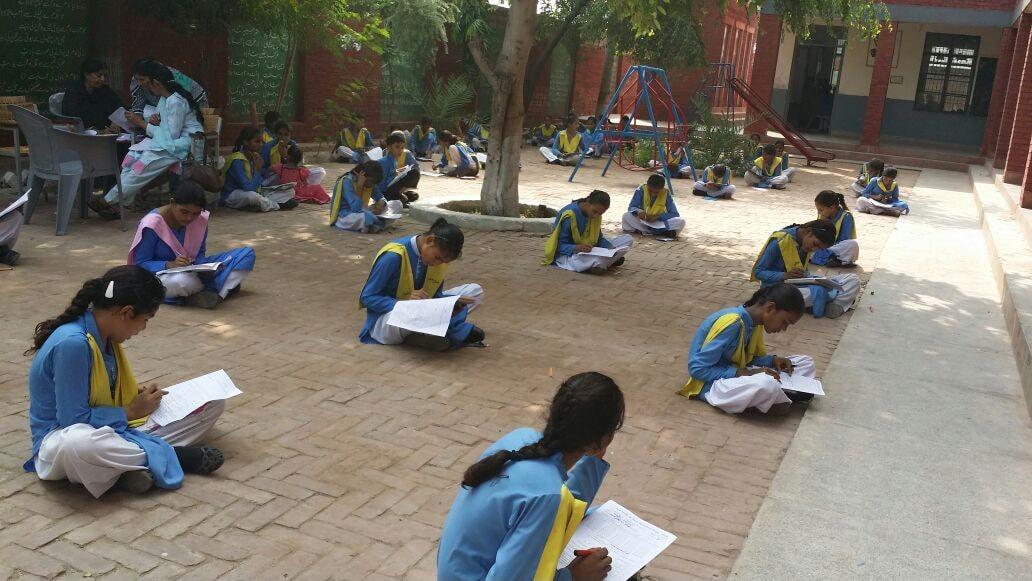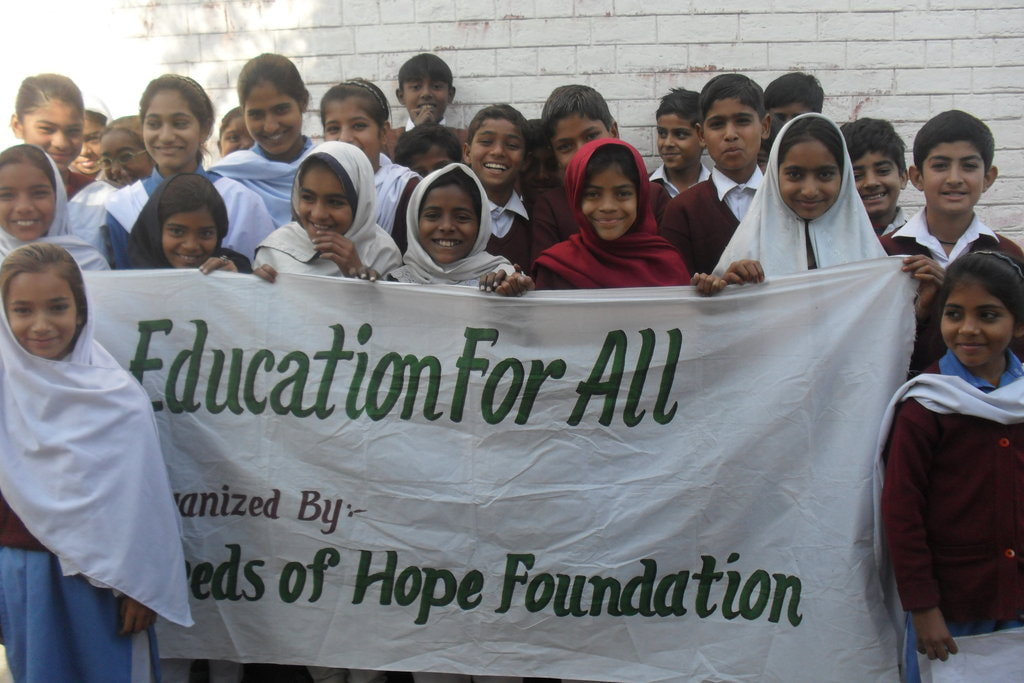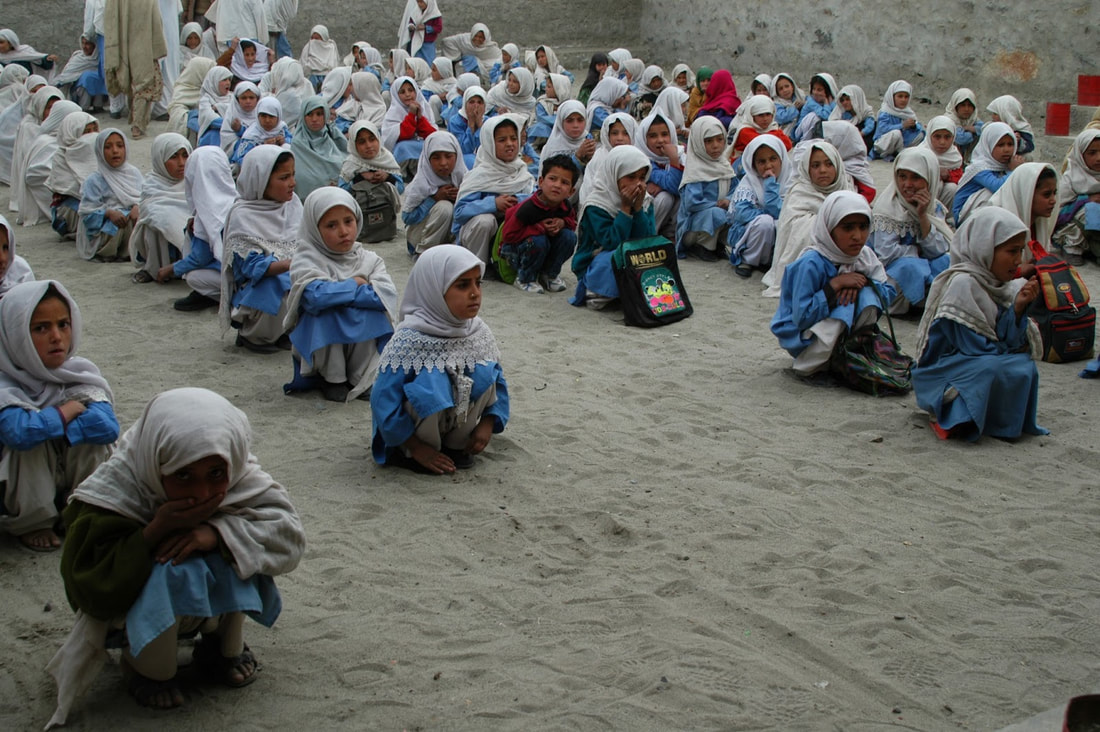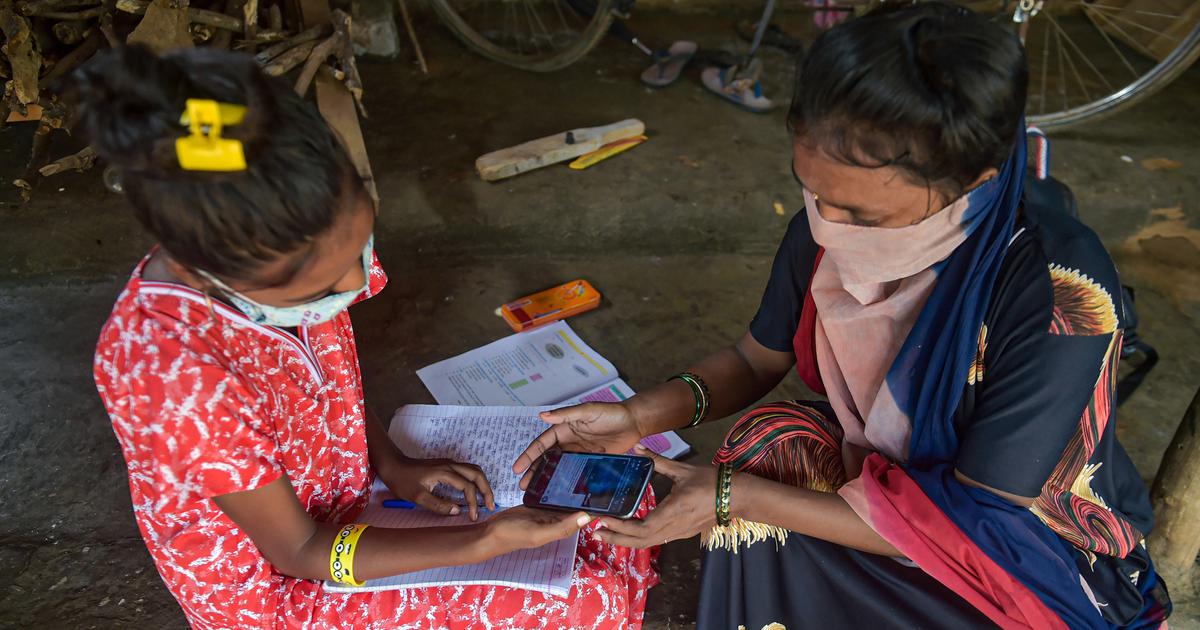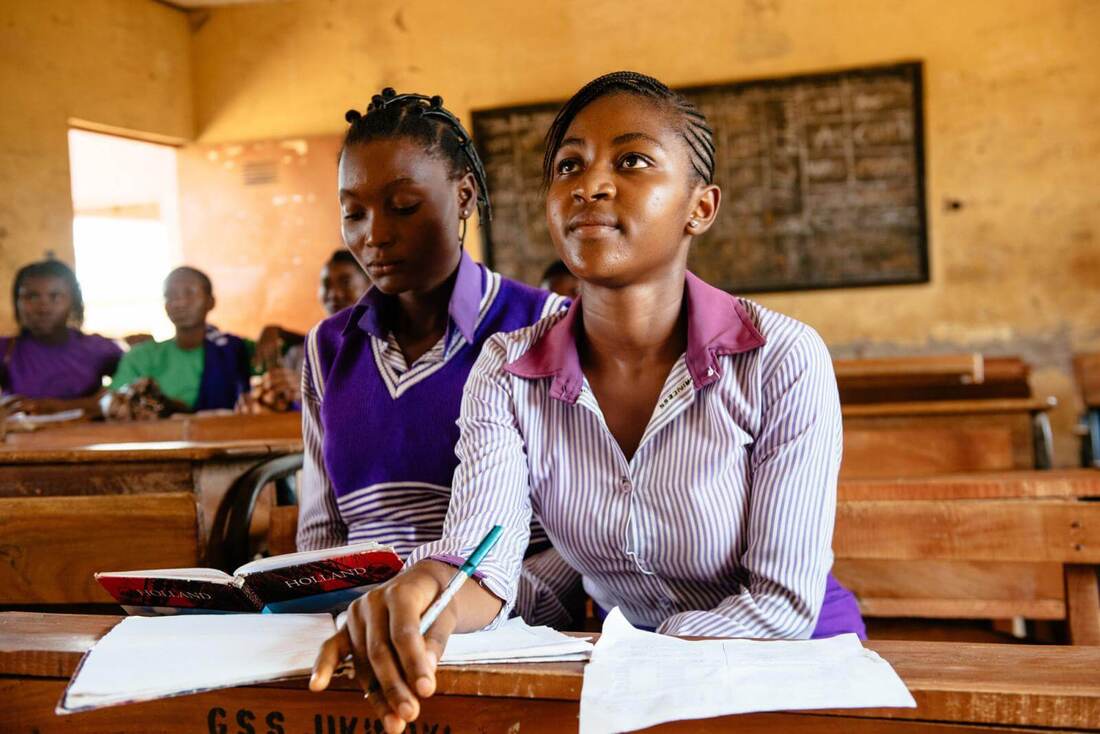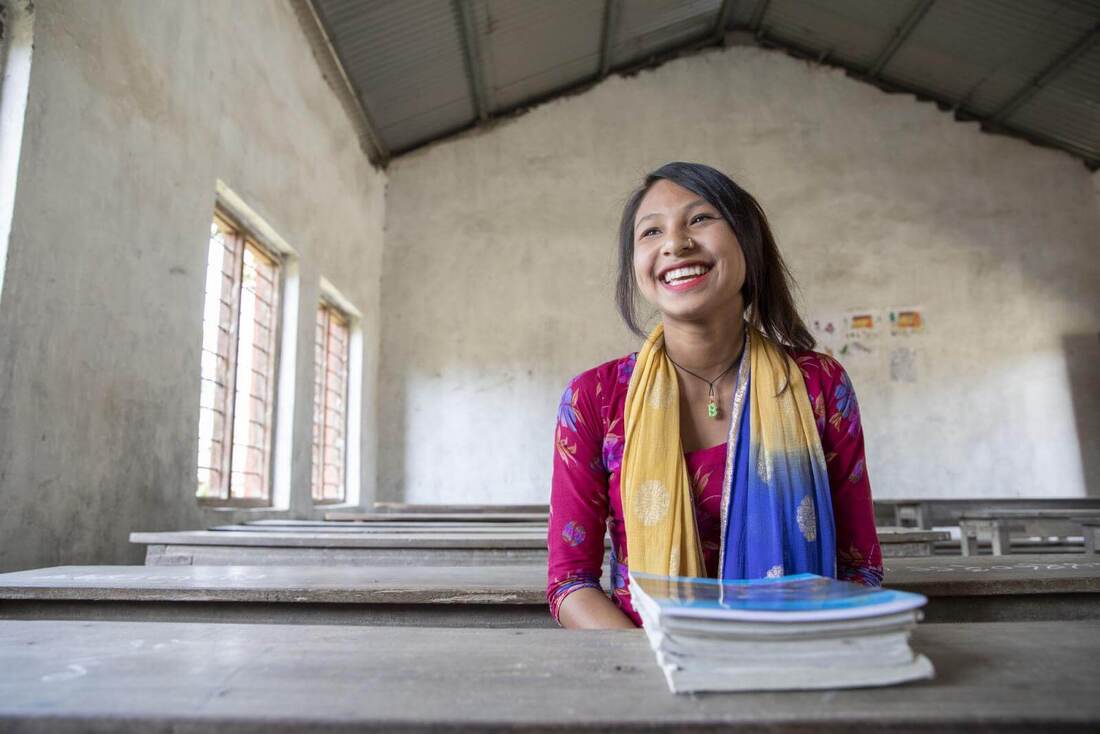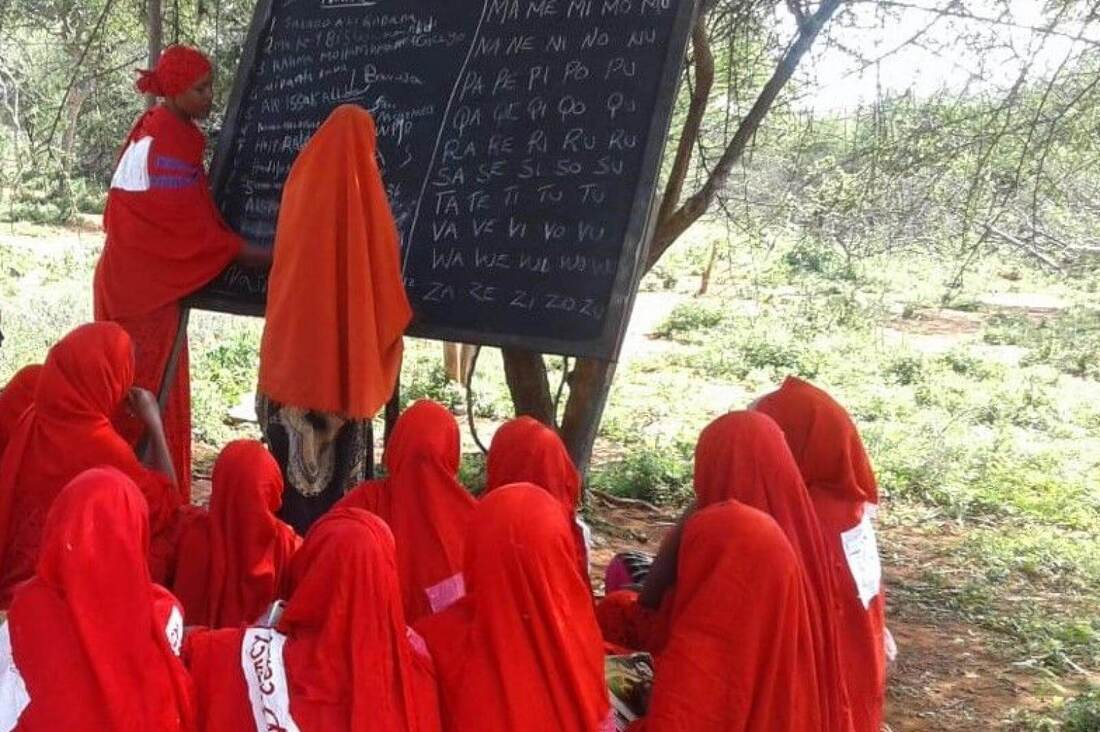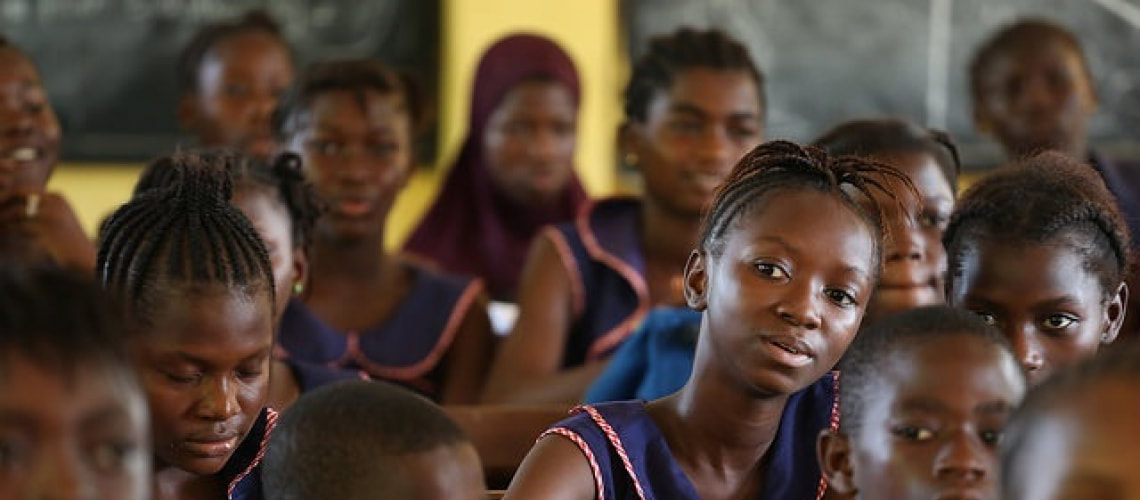26.09.2021
Over 130 Million Girls May Not Go Back To School After The COVID-19 Crisis
That’s the number of girls who might not return to school this year due to COVID-19’s unprecedented education disruption. This alarming number not only threatens decades of progress made towards gender equality, but also puts girls around the world at risk of adolescent pregnancy, early and forced marriage, and violence. For many girls, school is more than just a key to a better future. It’s a lifeline. When a girl's education is cut short, the impact can be felt for generations. It leaves a vital gap in their community, their country and the world. Girls' education is one of the most powerful investments we can make for our collective future. The ripple effect of positive change occurs when a girl gets an education is amazing. It strengthens economies, reduces inequality and creates more opportunities for everyone to succeed. The World Bank is forecasting lower levels of schooling, learning, and future earnings because of school closures due to COVID-19. Learning loss is expected and predicted. Recent evidence from several countries shows that the COVID-19 slide is real. For women and girls, who are already being significantly negatively affected by the pandemic, there is a particular risk in the realm of education. The pandemic puts girls at an increased risk of:
Credit: a plus EXCLUSIVE
- Dropping out of school
- Being vulnerable to domestic violence and other Gender-Based Violence (GBV)
- Child marriage
- Early pregnancy
- Being exploited as child labor
Credit: a plus EXCLUSIVE
Poverty deprives people of adequate education, health care and of life's most basic necessities- safe living conditions (including clean air and clean drinking water) and an adequate food supply. The developed (industrialized) countries today account for roughly 20 percent of the world's population but control about 80 percent of the world's wealth.
Poverty and pollution seem to operate in a vicious cycle that, so far, has been hard to break. Even in the developed nations, the gap between the rich and the poor is evident in their respective social and environmental conditions.
Poverty and pollution seem to operate in a vicious cycle that, so far, has been hard to break. Even in the developed nations, the gap between the rich and the poor is evident in their respective social and environmental conditions.



